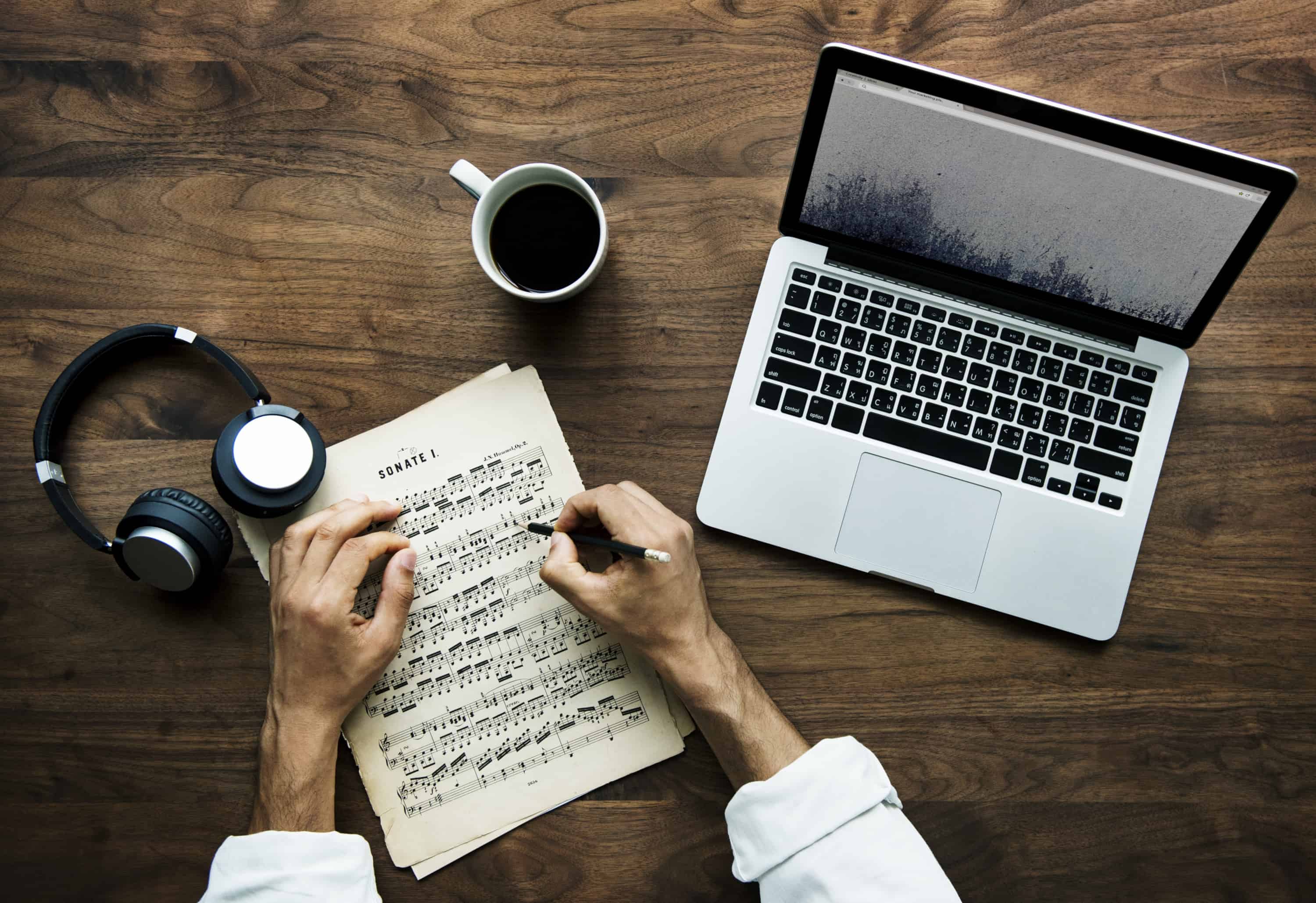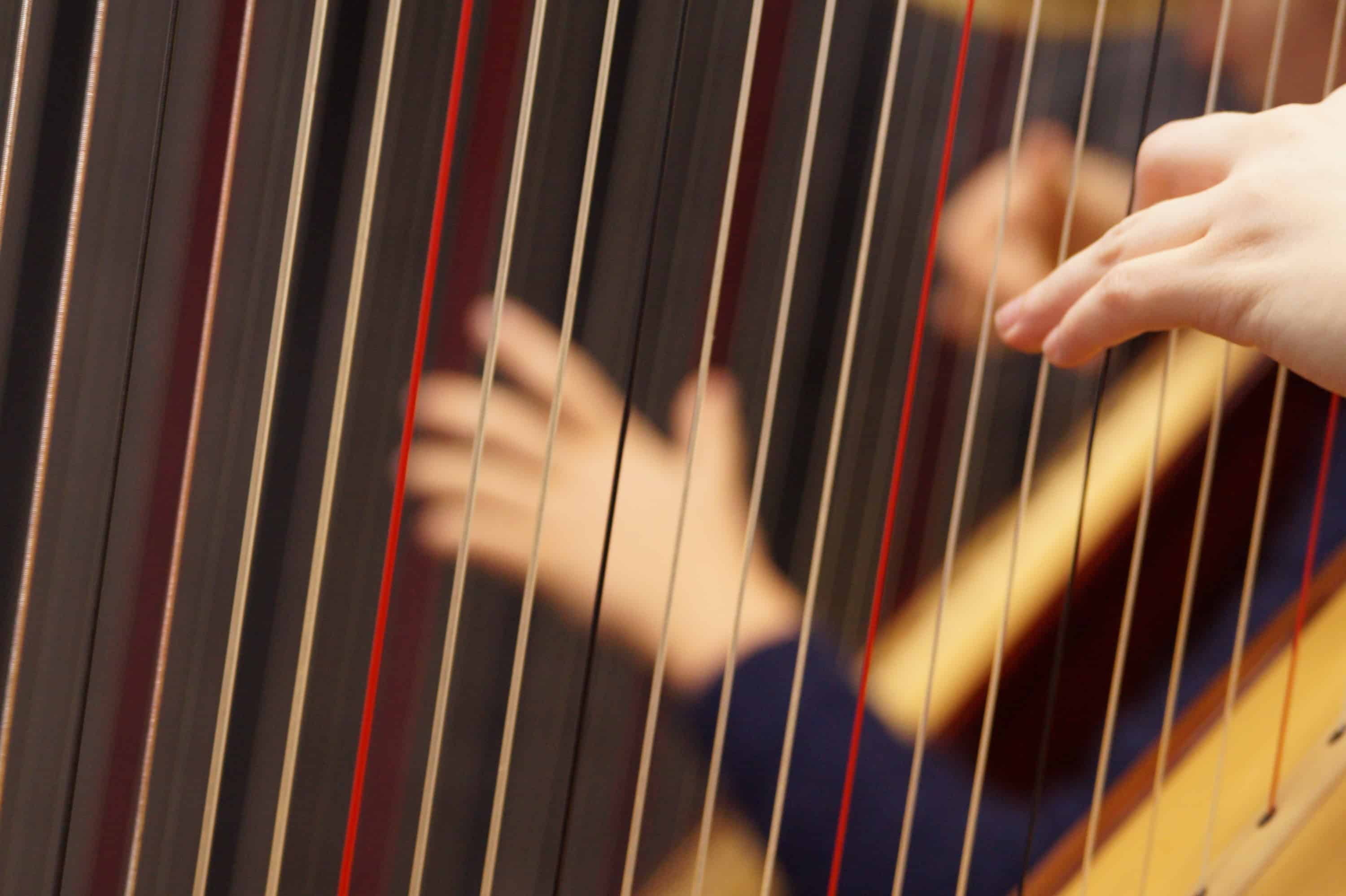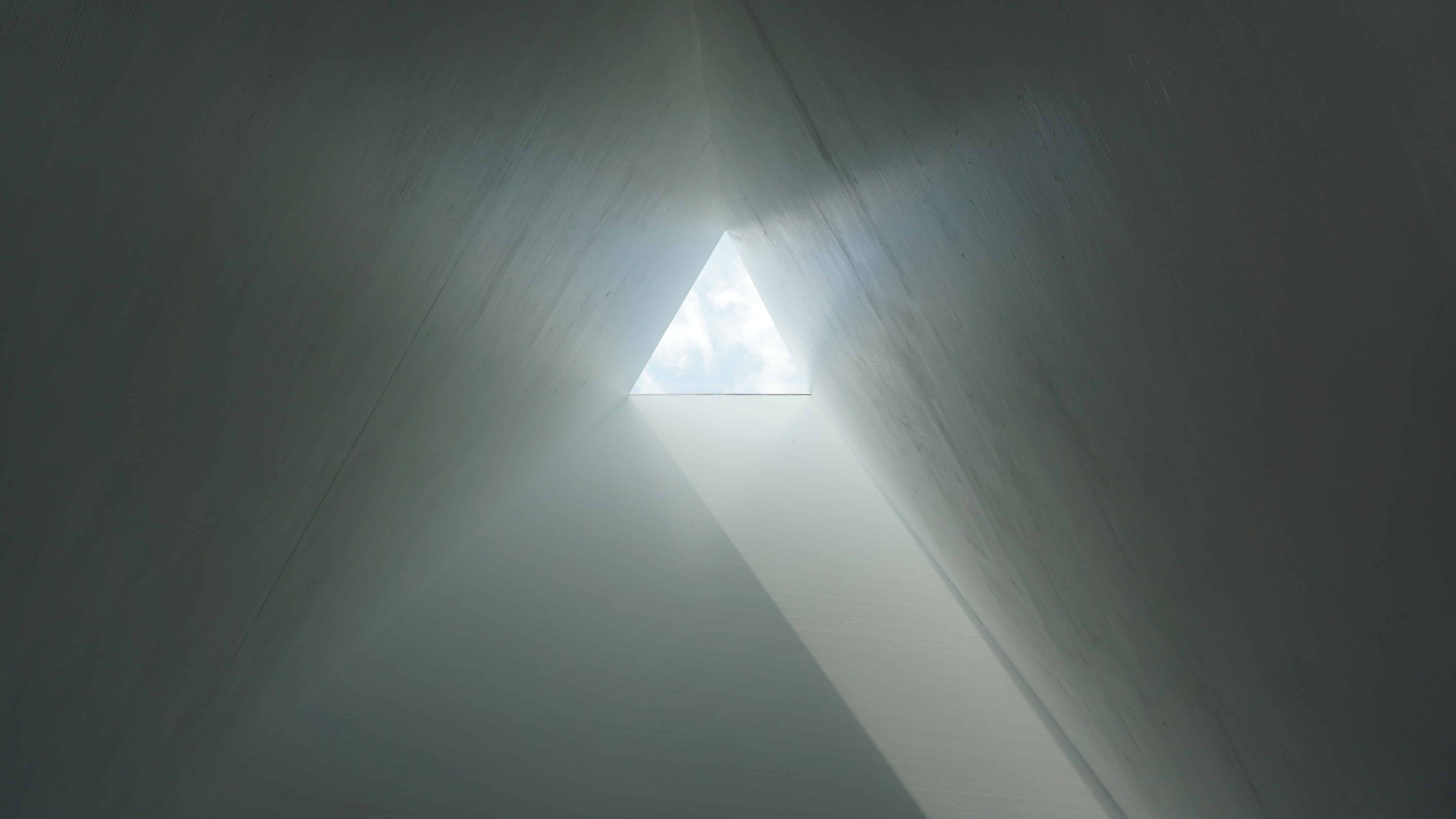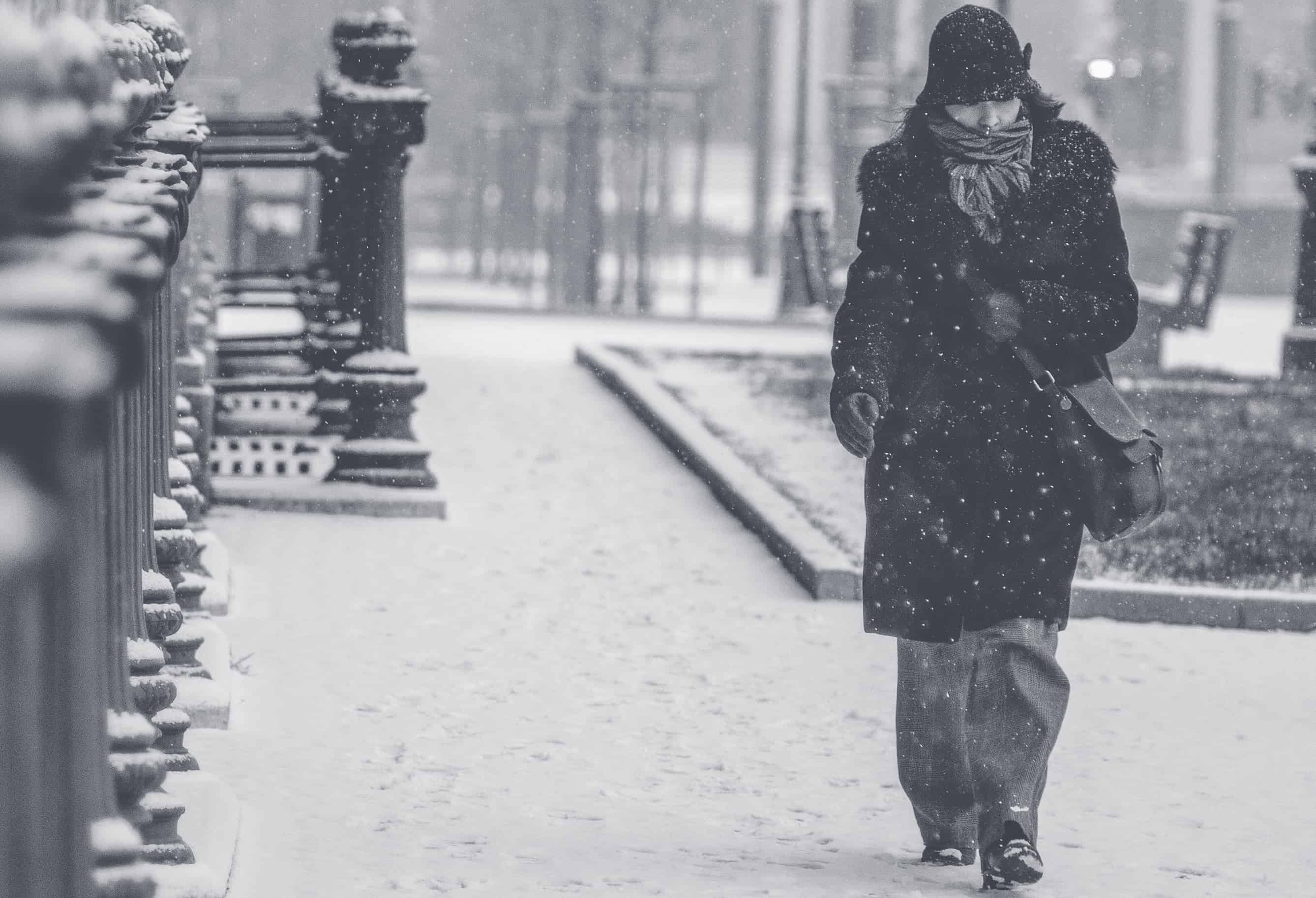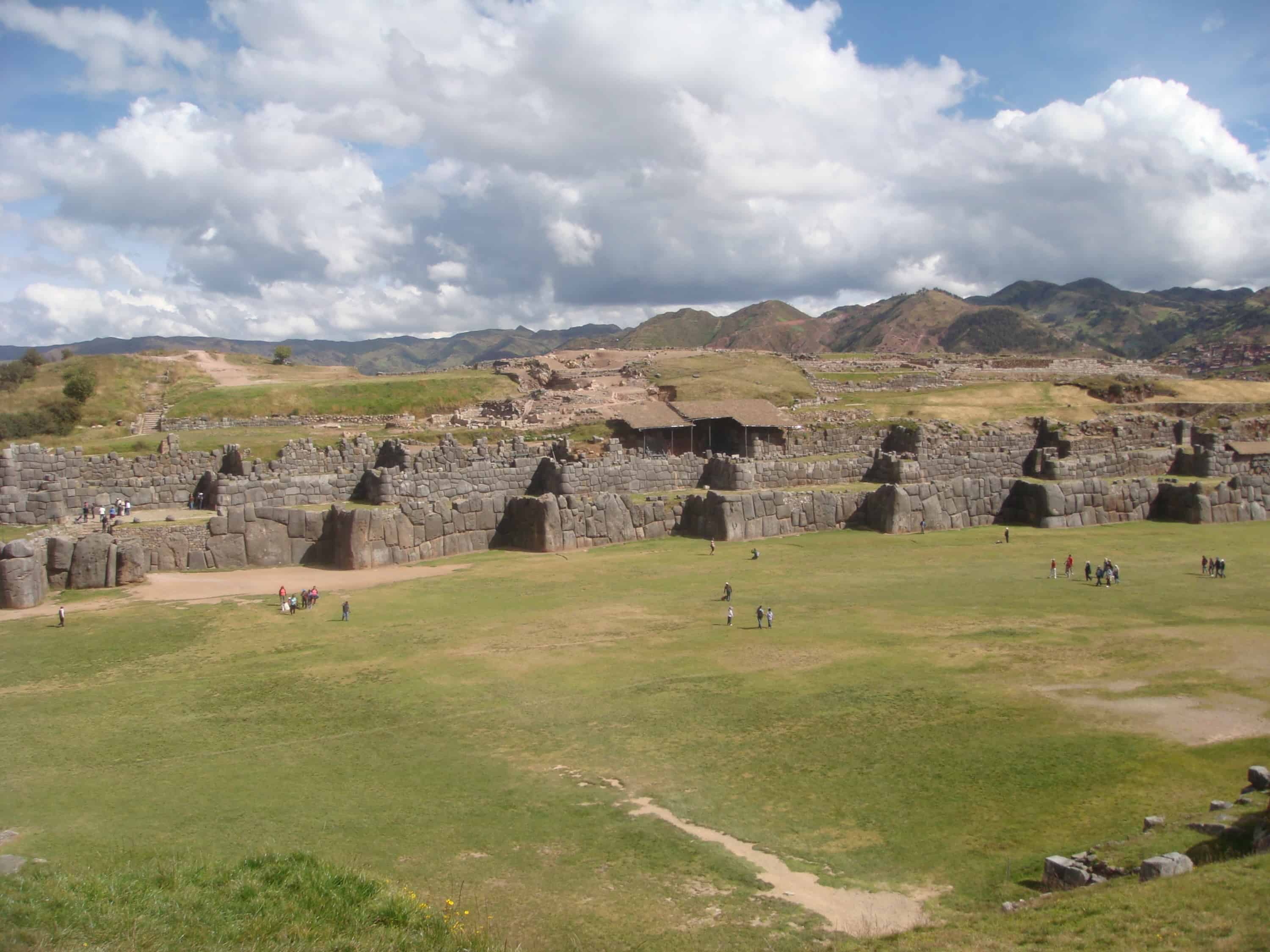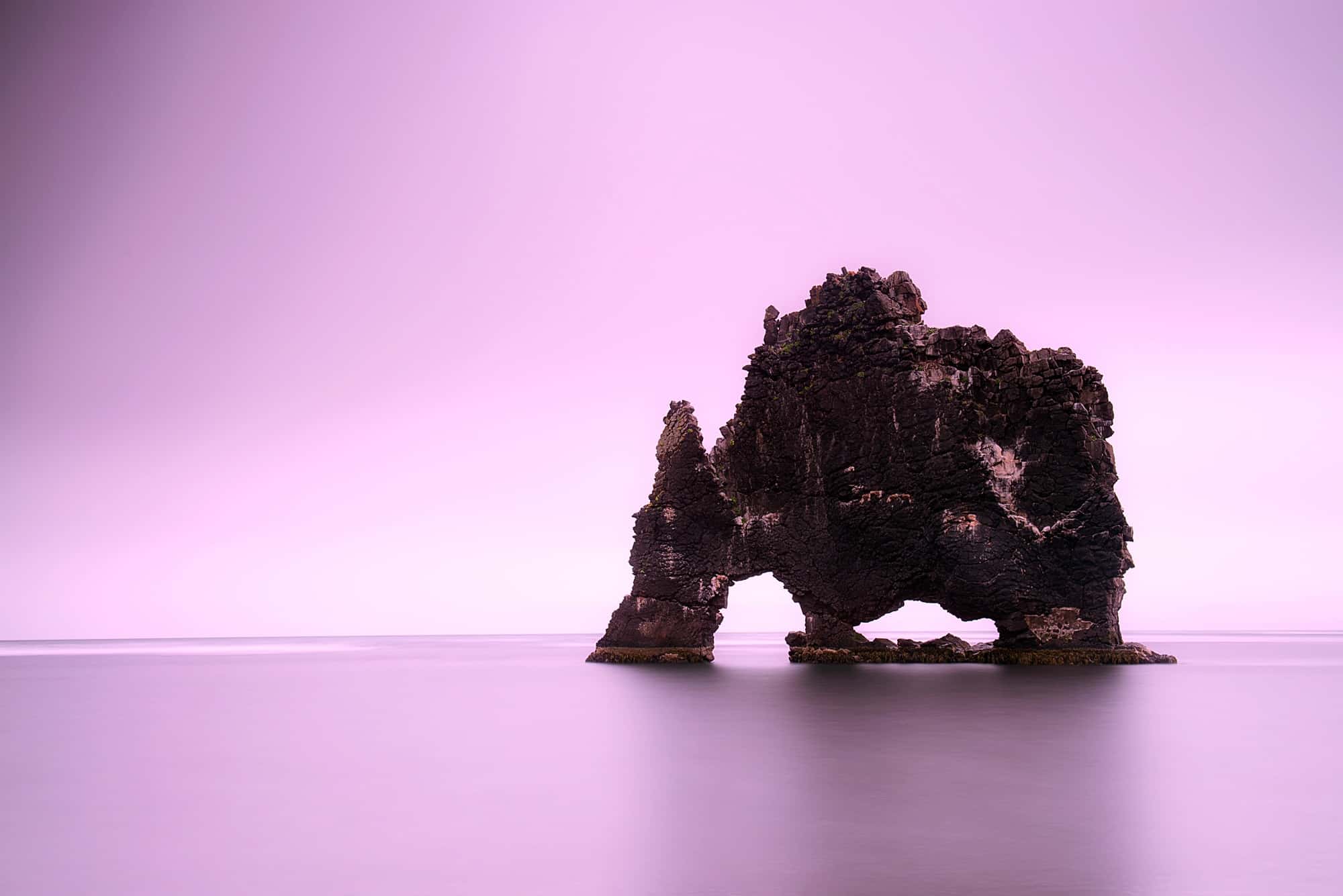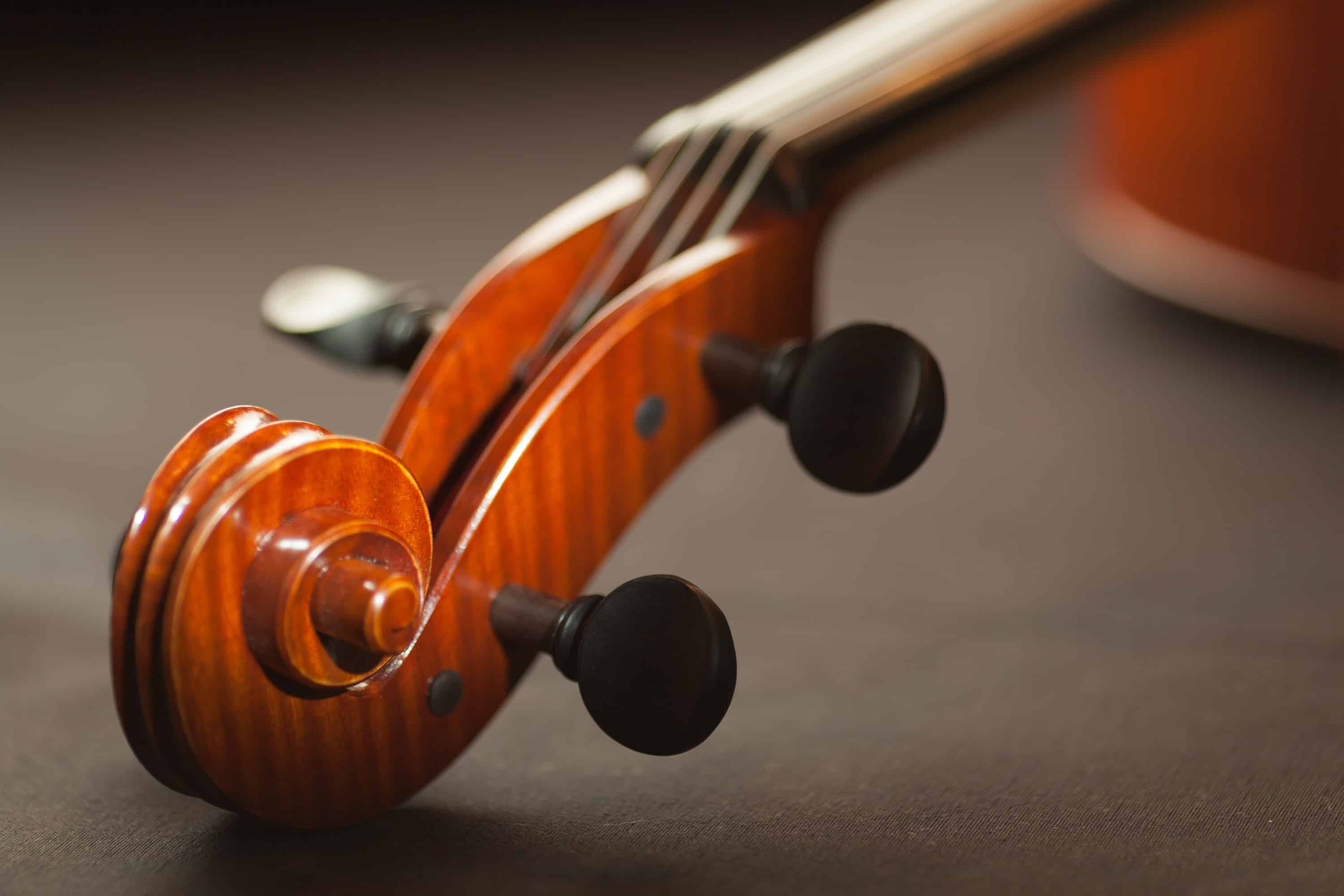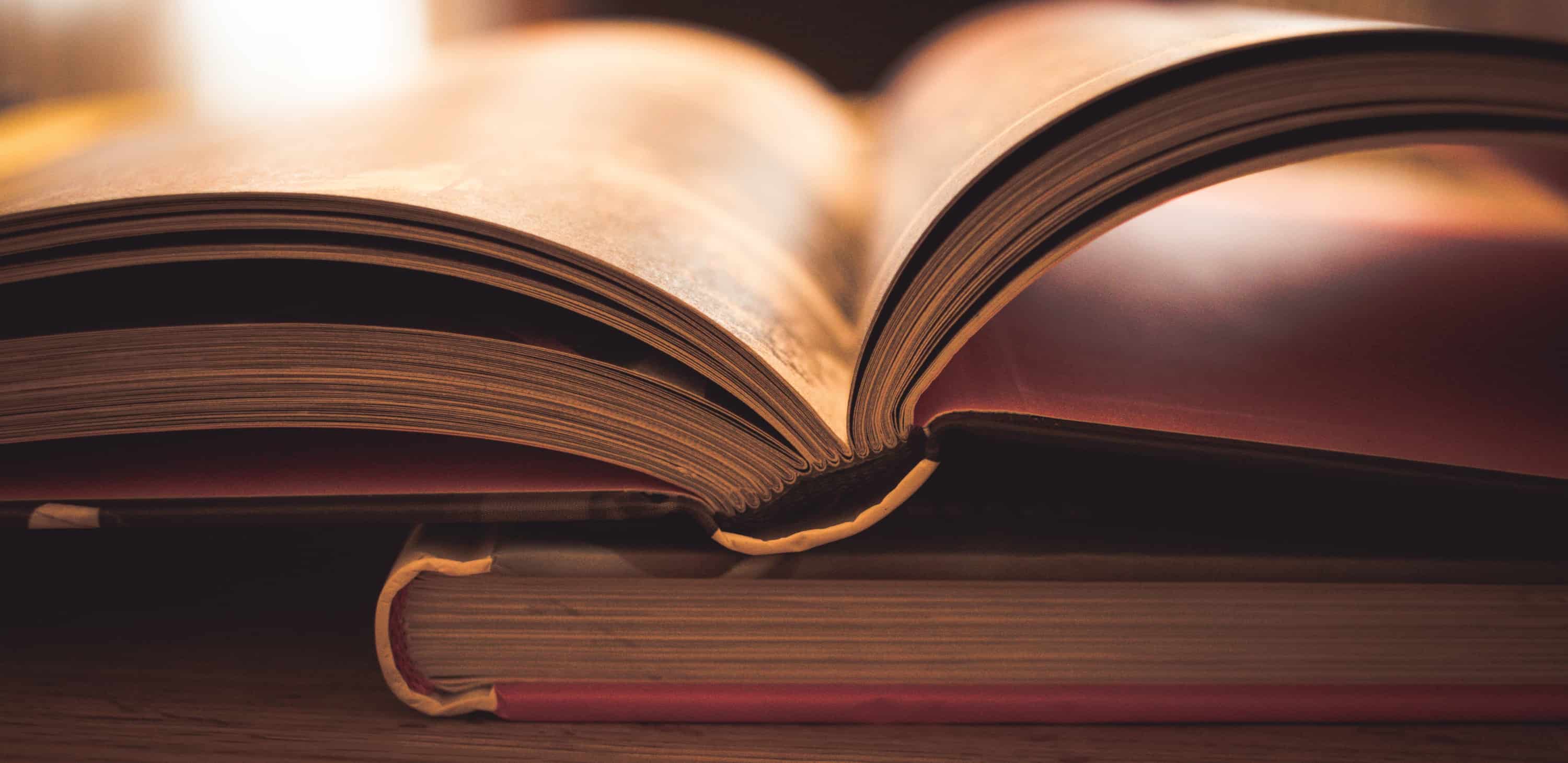Acoustic Composition 9
Self-Perpetuum (2014/15)
[And other human afflictions]
Single Movement for wind ensemble, string quartet and piano (11 musicians)
Self-Perpetuum Revised Guide Recording 2019
This is a single-movement work, composed over a stuttering period of 24 months, that passed through a variety of shapes and identities before settling into this concise form for small chamber ensemble: flute, oboe, Bb clarinet, bassoon, horn, trombone, piano and string quartet. The parts were redesigned, and the score proofread, edited and re-digitised in 2019.
The initial structural idea emerged from previous compositional research using the Fibonacci sequence and Golden ratio to shape pacing, form and proportion.
In this piece, individual strands of material are introduced within a progressive-cycle-form, working towards a logical conclusion in a crescendo of texture, density and intensity. This crescendo happens one third of the way through the movement, and, from this point on, the material dissolves dynamically across the vertical timbres of the ensemble.
The first third of the piece highlights individual instruments and heterogeneous timbres, through repeating extended linear musical units of melody and counter-melody, set against a ‘pulse in trio’ to create a collective 12-tone language. The latter parts of the score explore the vertical (harmonic) properties and shared (homogeneous) sonorities of the ensemble, within a more modal soundworld predominantly featuring shorter musical units of phrase and motif.
Drifting between Gb and natural within a static 8-tone language creates false modulations between Db and Ab Major (Bb and F minor), blurs any sense of tonal centre and accentuates passing modal gestures.

Elements of Analysis and Synopsis:
The flute introduces a nine-note unordered row in an opening solo, which provides the primary strand of pitch material (see Self-Perpetuum score PDF). The division of this row within the compositional process suggests an extended ‘near-tonality’, reminiscent of the work of Lutosławski in Łańcuch III (Chain III) for orchestra (1986):
C | Db | Eb | E | F | Gb | Ab | A | Bb |
0 | 1 | 3 | 4 | 5 | 6 | 8 | 9 | 10 |
The flute primarily plays the notes of a Db Major scale, but the focus of pitch-contour revolves around C (C Locrian mode):
C – Db – Eb – F – Gb – Ab – Bb – C
Written from Bb, the complete row looks similar to Bb minor:
Bb – C – Db – Eb – (E) – F – Gb – Ab – (A) – Bb
For explanation purposes, if we ignore the E natural, we read a traditional Bb minor scale with the option of switching between Aeolian and Harmonic modes (near-tonality). The tritone is present whichever way we read the sequence.
The F was grouped with the notes A and E, to suggest an F Major 7th chord (no 5th). This three-note subset formed a relationship with similar subsets from the following rows to become the focus of vertical harmony later in the piece.
The clarinet enters the 2nd cycle with a counter-melody and an alternate nine-note unordered row. This row (D Major/dominant – minor/dorian flavour) contains the complement for ALL pitch-rows in the piece:
C | C# | D | E | F | F# | G | A | B |
0 | 1 | 2 | 4 | 5 | 6 | 7 | 9 | 11 |
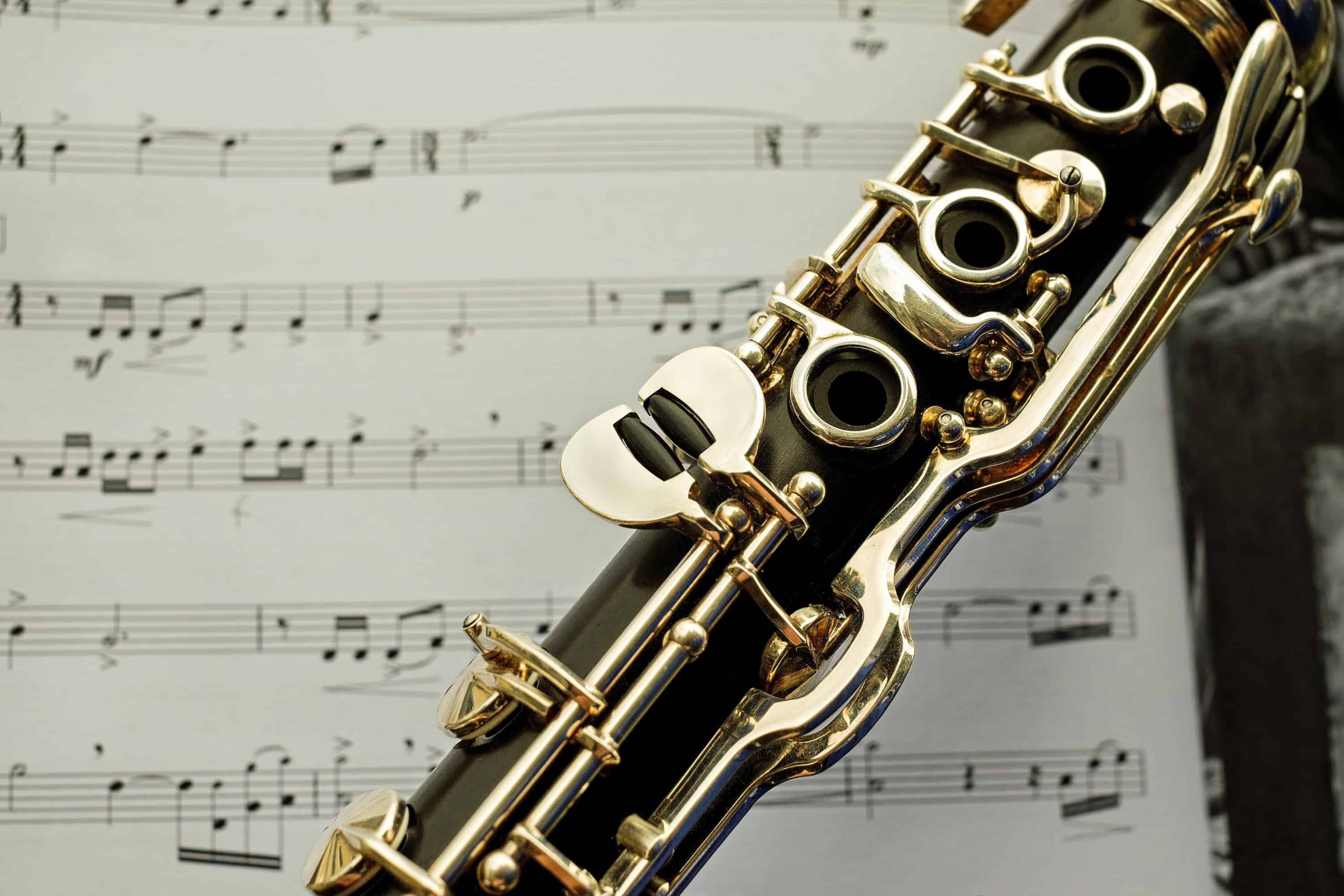
The clarinet exists within its own musical plain for the duration of the cyclic repetitions, but the notes G – B – D complete the total chromatic when added to the flute row and, through being distinctive to the clarinet, introduce a way to reference quasi-tonality and pseudo-functional harmony within the fabric of a 12-tone language: G – B – D from this row came to be associated with F – A – E (flute row) and Eb – Ab – Bb (oboe row).
A gestural pizzicato solo from violoncello enters in the third cycle, whilst the bassoon and piano provide a coordinated pulse. The cello strengthens the coordinated pulse in the fourth cycle, where the pizzicato gestures are passed to the viola and a further linear strand of counter-melody is added to the contrapuntal texture, first in harmonised duet on oboe and violin (4th cycle) and then by the oboe alone (5th cycle).
The oboe enters the fourth cycle with a second counter-melody:
C | Db | Eb | F | Gb | G | Ab | A | Bb |
0 | 1 | 3 | 5 | 6 | 7 | 8 | 9 | 10 |
The oboe row, read from Bb is actually a conventional minor scale, as the additional (seemingly atonal) notes G and A allow the choice of using aeolian, melodic, jazz-melodic and harmonic forms of minor scale. The entire ensemble is finally engaged during the fifth cycle, and, whilst the trombone and horn exchange short ‘statement and response’ phrases, the sixth cycle culminates in a crescendo of cacophonous polyphonic heterophony and composite timbres.
The various rows and linear strands combine to introduce ‘shared’, or, ‘common’ material that becomes the primary focus of the ensemble writing (see Self-Perpetuum Pitch Matrices PDF). These shared pitches and subsets strongly influence harmonic structure as the movement evolves, and so, (through a process of natural selection) the harmony and chord voicing is eventually dominated by whole-tone, minor third and (especially) perfect-fourth intervals (2, 3, 5).
Further reference is made to the Fibonacci sequence in some of the extended chord spellings: 2, 3, 5, 8 (C – D – F – Bb – Gb): 2, 3, 5, 8, 13 (C – D – F – Bb – Gb – Db): 2, 3, 5, 8, 13, 21 (C – D – F – Bb – Gb – Db – A).
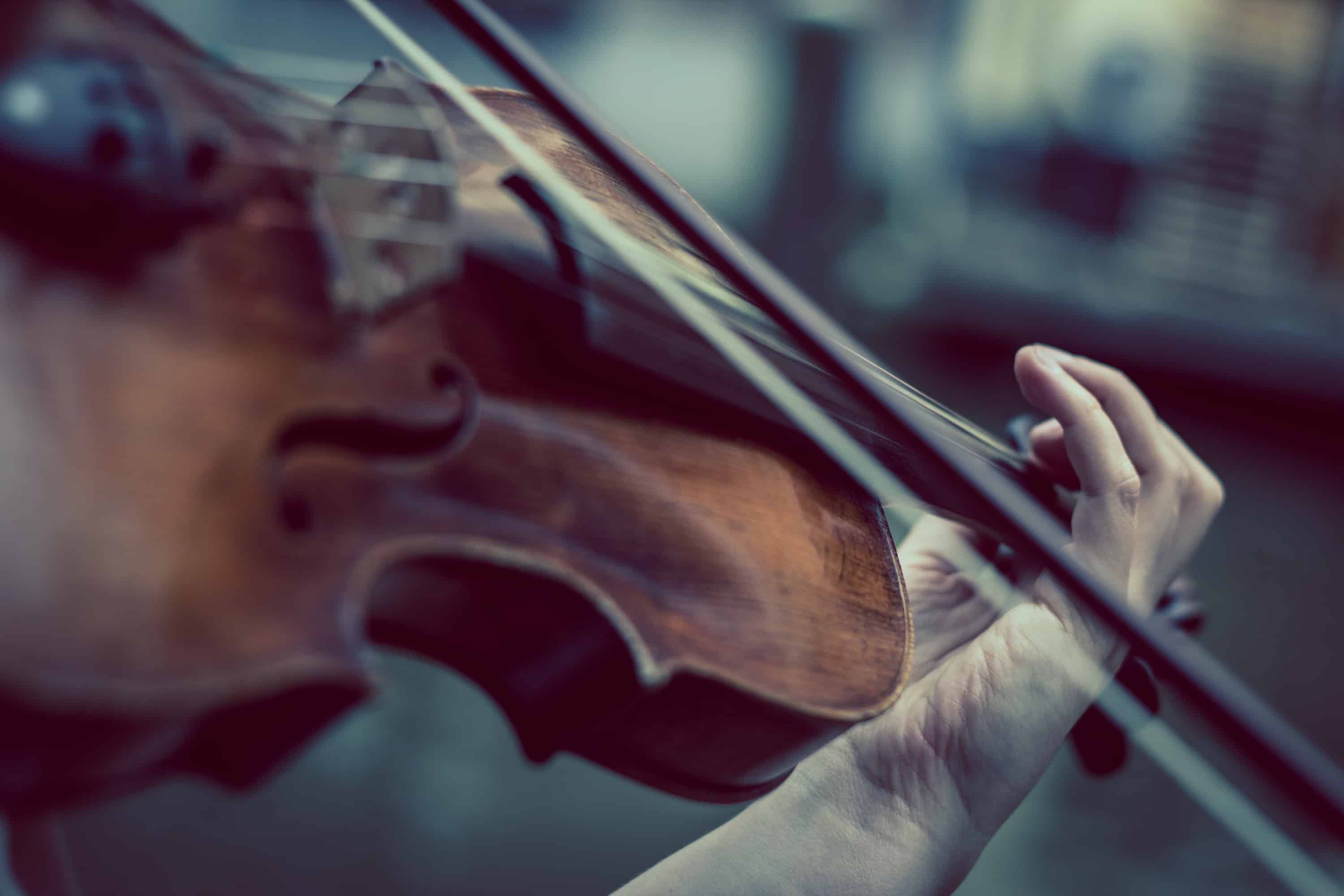
Brief Conclusion:
In conclusion, this music is an energetic exploration of the opening material, within virtuosic, but legible rhythms, working through an initial progressive-cycle-form (the conception of which evolved further through reference to Lutosławski’s chain-forms), before morphing out of cacophonous crescendo into synchronised polyphonic rhythms, syncopation, canonic gestures, lyrical interludes and a collective soundworld of timbre, harmony, modality and ‘near’ tonality.
The quasi-tonal approach to 8, 9 and 12-tone pitch organisation featured in this work produces a soundworld comparative to that explored through the extended pitch-language of Debussy, Schoenberg, Ravel, Bartók, Stravinsky and Copland (amongst many others) during the early part of the twentieth century, but the character (and composition) of the music is an obvious product of the twenty-first.

